Antennas are an essential component of modern communication systems allowing for the transmission and reception of electromagnetic waves over any distance, near or far. This introductory article goes back to the basics of the device itself and its useful purpose.
What is an antenna?
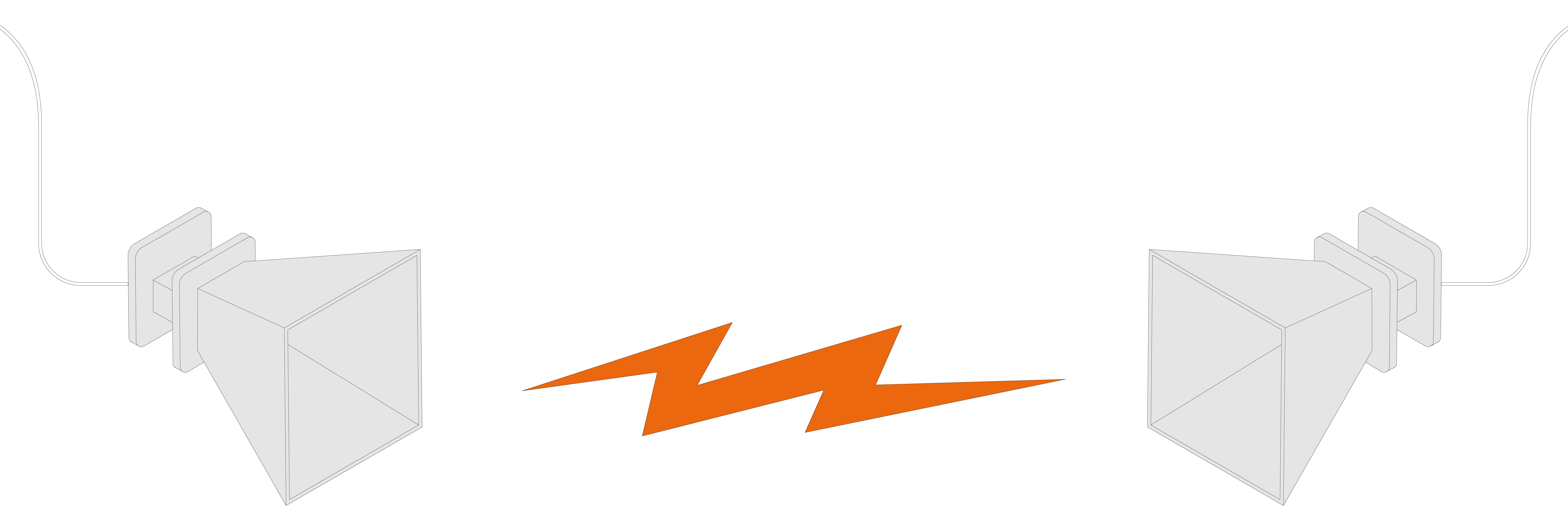
First, what exactly is an antenna and what is it used for? An antenna is a device that transmits and/or receives electromagnetic energy. This energy can exist in the form of light waves, radio waves, cell phone signals, radar signals . . . even energy from other EM generating devices such as a microwave oven. The type of energy we want to transmit or receive depends on the application. Antennas are designed for specific applications. There are many different types of antennas: they can be very small or extremely large, and their designs can vary widely from simple to complex. For example, in a radar system we want to track only targets of interest, and a microwave oven radiates energy toward specific targets (food) within an enclosed space (oven).
Definition: Antennas are devices that transmit or receive electromagnetic (EM) energy in a way suitable for a specific application.
Examples of EM energy: Light waves, radio waves, cell phone signals, microwave oven power sources, radar signals.
Why use antennas?
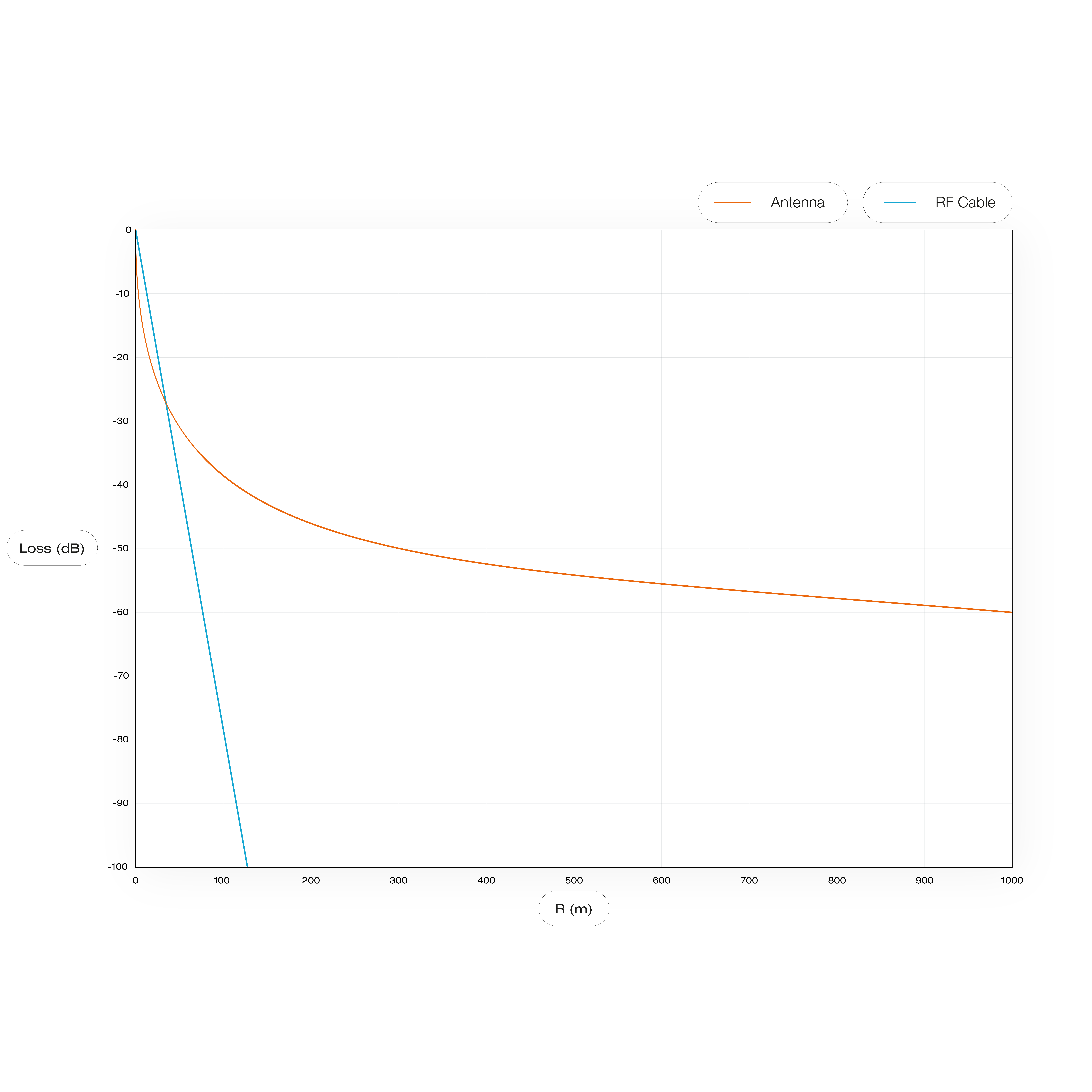 Alternatively, we could use a transmission line of some type to transmit a signal to our remotely located receiver. Fiber optic cable displays poor phase stability with physical movement, which could be problematic depending on the application. Looking at the typical loss of a coaxial cable at 10 GHz quickly illustrates the limitations of this approach as shown in the display graph. A waveguide is much less lossy, but at the expense of a limited frequency band and extreme inflexibility. What about a fiber optic cable? It is practical when running between two fixed locations, but what if either the transmitter, receiver, or both are moving? Fiber optic cable displays poor phase stability with physical movement.
Alternatively, we could use a transmission line of some type to transmit a signal to our remotely located receiver. Fiber optic cable displays poor phase stability with physical movement, which could be problematic depending on the application. Looking at the typical loss of a coaxial cable at 10 GHz quickly illustrates the limitations of this approach as shown in the display graph. A waveguide is much less lossy, but at the expense of a limited frequency band and extreme inflexibility. What about a fiber optic cable? It is practical when running between two fixed locations, but what if either the transmitter, receiver, or both are moving? Fiber optic cable displays poor phase stability with physical movement.
Using antennas overcomes many of these limitations as they are designed to operate over very large distances with no physical connection between them. Additional antennas can also be used in the same application to support multiple receivers (think of a base station servicing multiple cell phones).
Antenna examples
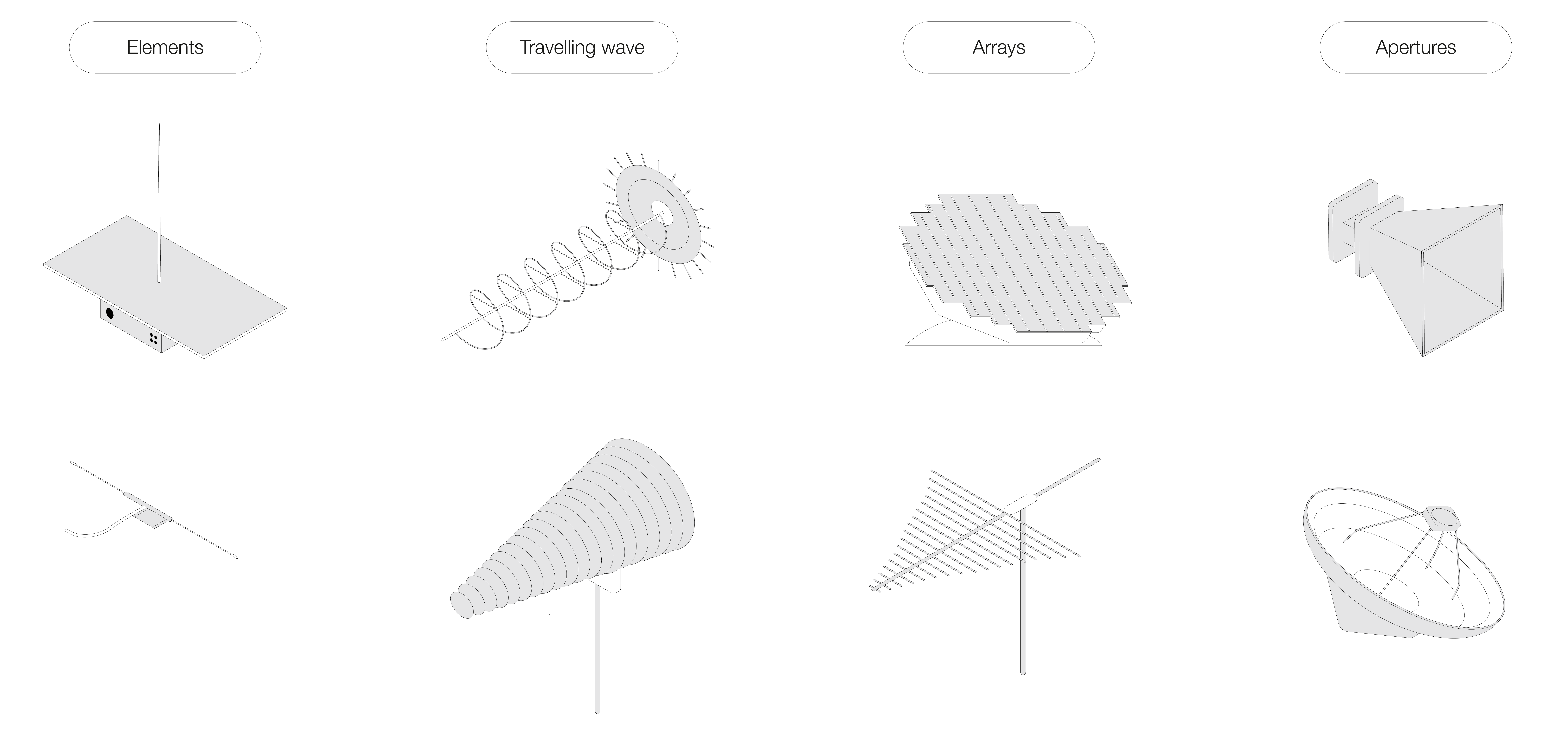
Antennas can be very small or extremely large and their design can vary widely from simple to complex. However, antennas can be categorized to a certain number of types.
Element antennas are very simple in design and characteristically radiate energy over a wide field of view. Examples of element antennas shown are for a dipole, half dipole, and loop antenna. These antennas also typically operate at a single frequency or over a limited frequency range.
Traveling wave antennas, such as the spiral antennas shown, are designed to operate over much wider frequency ranges.
Array antennas are more complex in design and are comprised of numerous element antennas. Examples of array antennas shown are a Yagi antenna consisting of various-sized dipole elements, and a flat plate array of waveguide single elements.
Aperture antennas use some sort of aperture surface to radiate and/or collect EM energy. Types of aperture antennas shown are a parabolic dish, and horn antenna.
Why so many different antennas?
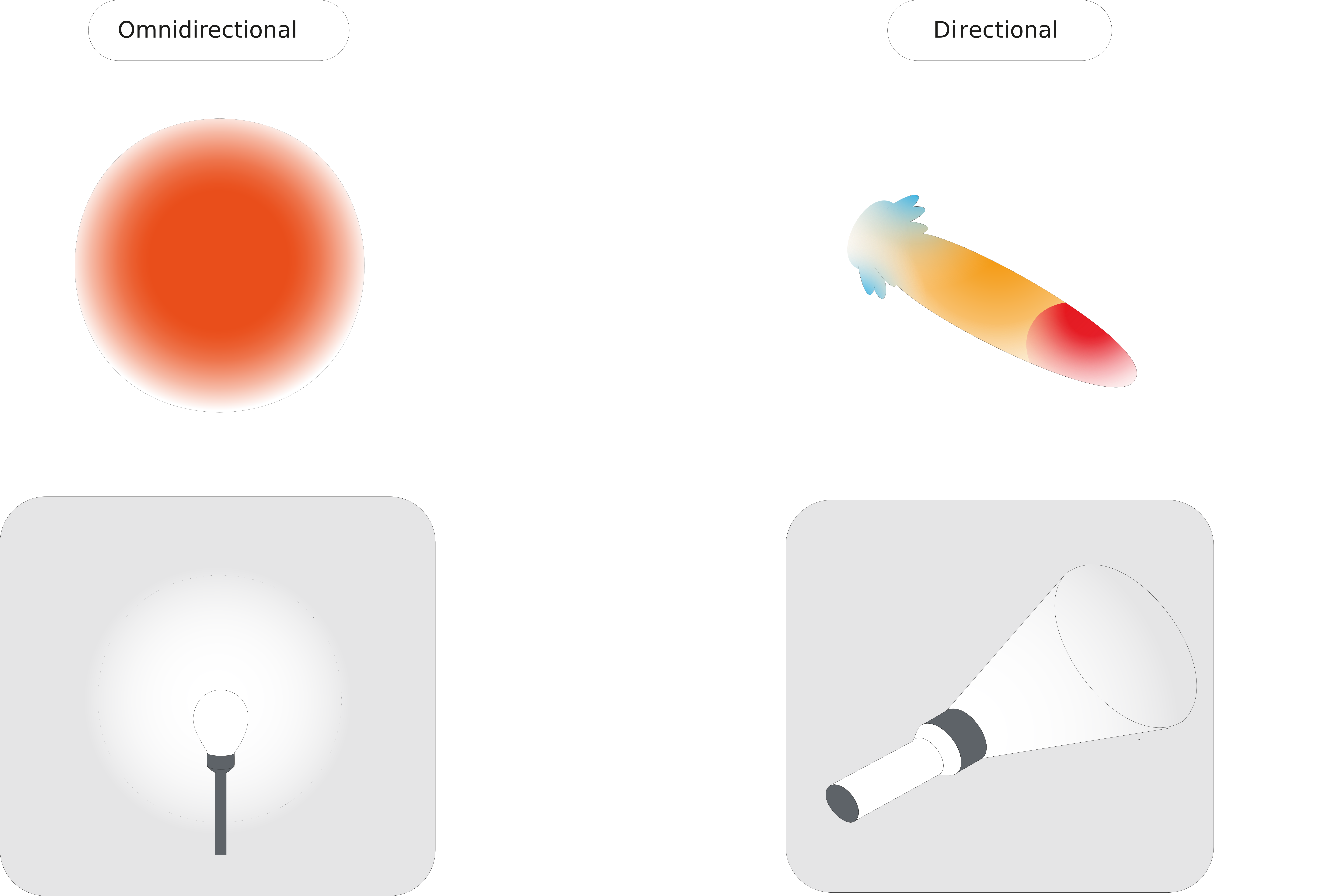
So why so many different types of antennas? It’s all about focusing energy where you want it. In some applications, such as a cell phone, you want to be able to receive (or transmit) a signal from any direction. In other applications, such as radar, you want to focus energy only on a target. This is analogous to the example shown here. A light bulb will emit light in all directions, where as a spotlight is used to illuminate a small area. By focusing energy, we can also transmit energy over larger distances.
It’s all about focusing RF energy
The desired illumination depends on the application
Omni-directional antennas
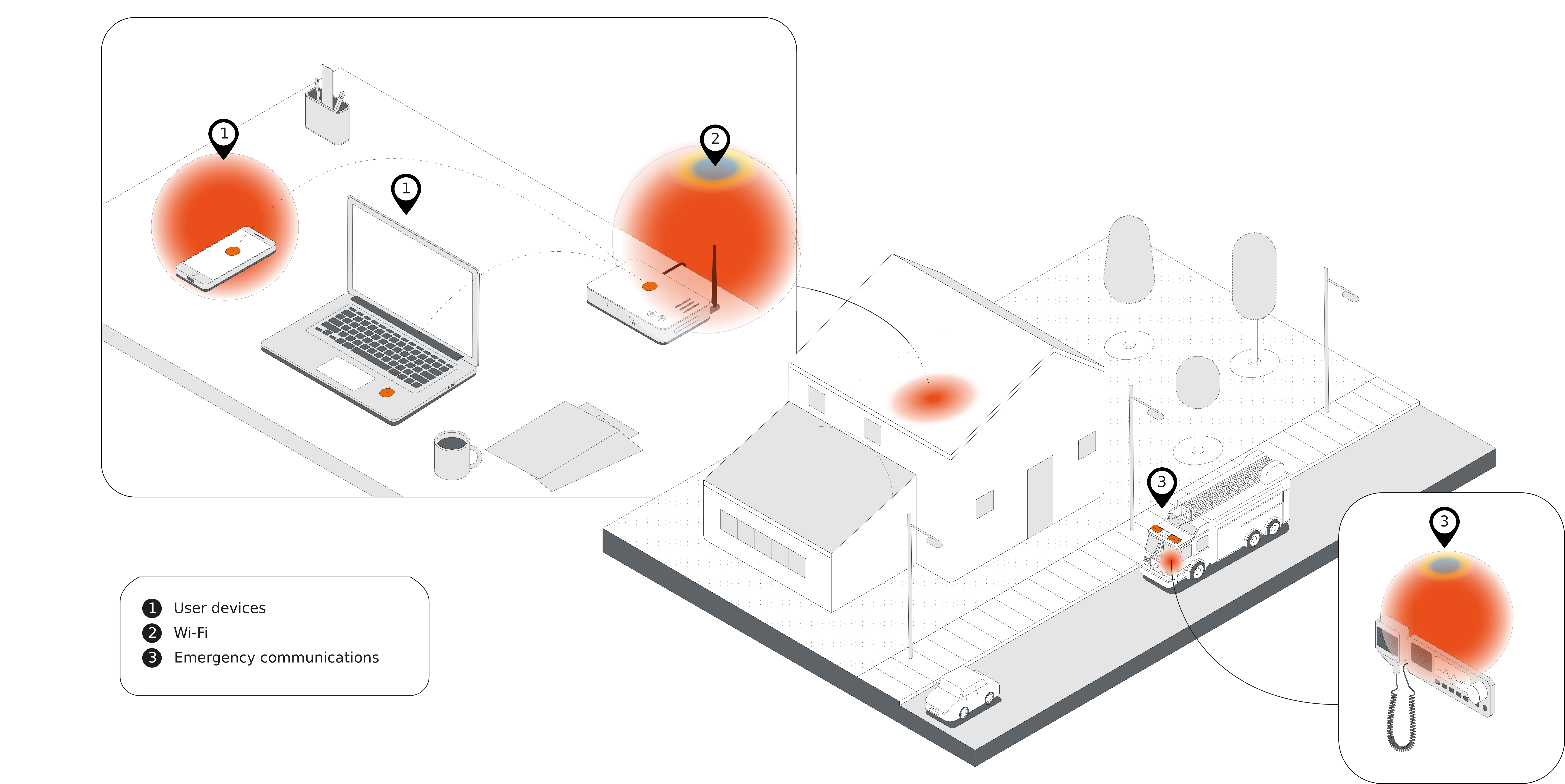
We can also classify antennas by their radiated energy characteristics, commonly referred to as their radiated pattern. An omni‐directional antenna attempts to radiate energy in all directions, much like our single lightbulb example. As the energy is spread over a wider area, a minimal amount is transmitted or received at any given location, which is the reason these are often referred to as low gain antennas. Examples of omni‐directional antenna applications shown are Wi‐Fi routers, cell phones, RF ID tags, and laptops.
Omni-directional (low gain) antenna applications:
- GPS
- Wi-Fi
- RFID
- CMOS
Quasi-directional antennas
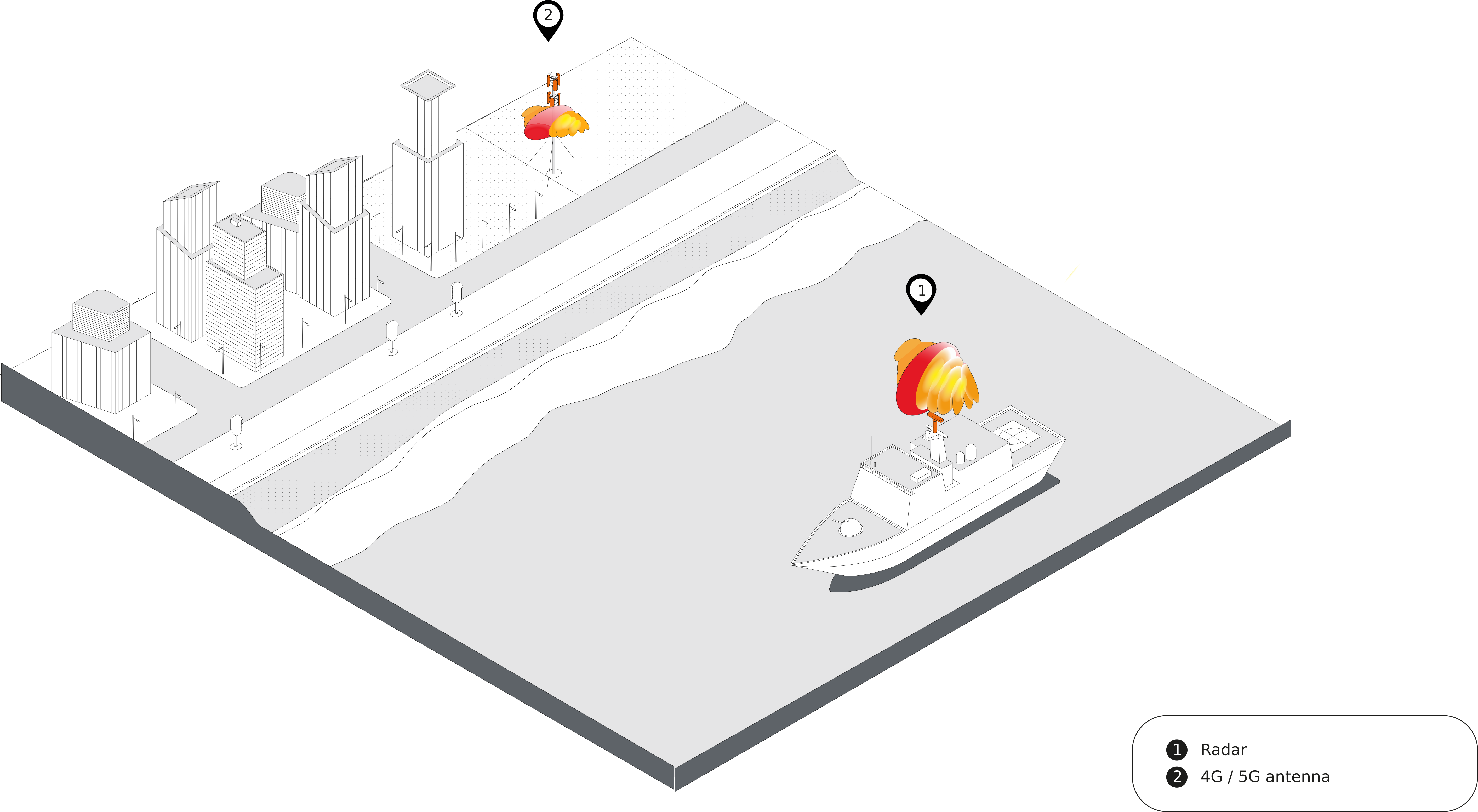
Quasi‐directional antennas focus energy in a specific way to receive or transmit signals in a particular region or area of interest. This is illustrated by the fan beam pattern shown above which focuses the energy in the vertical plane, while still providing wide angle coverage in the horizontal plane. Application examples for this type of antenna are base station antennas and marine RADARs. In both these applications, we are interested in signals in all directions, but within a limited elevation angular region.
Directional antennas
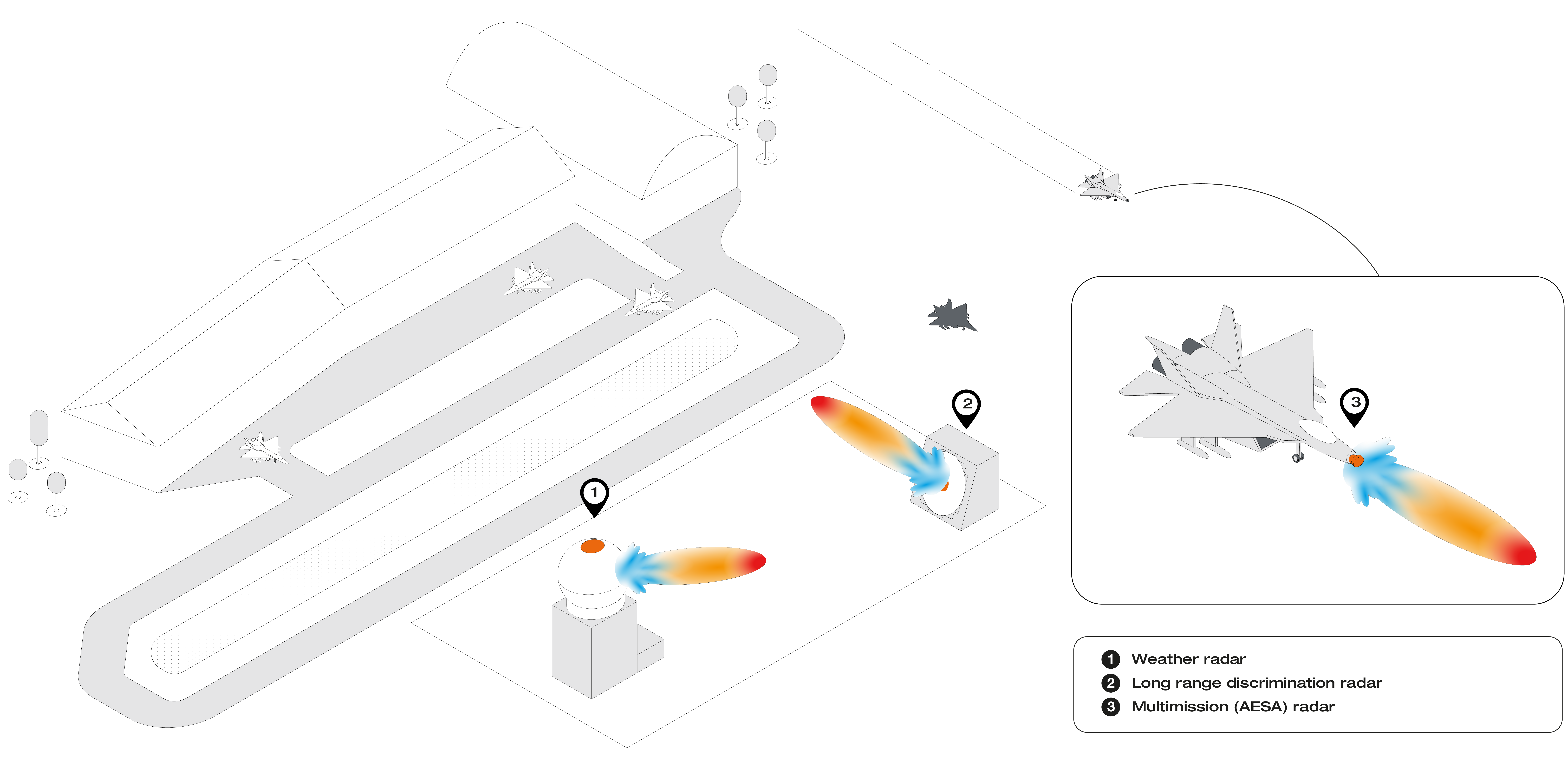
Directional antennas focus energy over a small area, much like our spotlight example, and have a pencil‐like shaped radiation pattern. Since the majority of the energy is focused in a particular direction, signals can be received from much greater distances, which is why these types of antennas are also commonly referred to as high gain antennas. Application examples include fire control and weather radars.
Directional (high gain) antenna applications:
- Weather
- Satellite
- RADAR
Topic overview